The spouts of the fountain of the Lions

The oldest spout we can see is the original one in the basin of the Lions Fountain, which was built as the centre-piece of the Palace of Riy?Å al-Sa’?d (the Palace of the Happy Garden), nowadays known by the name of its fountain as the Palace of the Lions. It was built about 1380 by the sultan Muhammad V in the gardens of his father’s palace and contains an original fountain centred in the courtyard of his palace.
This fountain is unique with regard to its decoration and structure, and has a 12-sided basin resting on 12 lions of different engravings. On the upper edge of the basin, there are 6 verses engraved on plaques, part of the poetic composition of 146 lines of verse written by Ibn Zamrak that were intended to describe the Palace of Riy?Å in which the fountain is one of the most spectacular and unique elements.
Although this fountain has undergone changes throughout its history, reflecting the style of the time, its original spout remained intact and in use, and when it was dismounted on 9th July of 1966, the second basin that was placed on top of it could be seen.
According to the work published by Father Darío Cabanelas and professor Antonio Fernández Puertas on 16th March, 1981, as requested by them, we can read how the cylinder forming the spout was dismounted in order to study the medieval mechanism, and it was found that it had been maintained up to the present day.
Ibn Zamrak inscribed lines of verse from his poetic composition on the basin of the fountain, in which he described the palace, the fountain and how it worked
“…Can you not see how the water flows into the basin,
But it is hidden immediately by its pipes?
It is like a lover whose eyelids overflow with tears,
Tears that hide for fear of betrayal…”
Ibn Zamrak
(translated by D. Cabanelas and A. Fernández Puertas)
The spout that appears as a moulded cylinder of cream-coloured limestone in contrast to the white Macael marble of the basin and of the lions, is perforated by two bands with eight holes, the lower ones being larger and the higher ones smaller; they were joined to leaden pipes leading towards the inside of the cylinder. Under this system, the water flowed into the basin and drained again towards the interior, permitting a constant, silent movement like a natural spring of water, just as the poem describes.
This solution and such a subtle functioning were completely lost with the changes that took place in the fountain, first of all with the addition of a second Nasrid basin, reused from another place and at present in the garden of the Paths of the Citadel of the Alhambra and later with the further incorporation of a higher fountain. We display this here and it assumes the opposite effect to the Nasrid fountain, as it permits a jet of water of a height up to 4m, which fell on to the basin and the figure of each of the lions.
This high fountain moulded like the bands of a column is said to have imitated other Nasrid ones that were lower in height, with their surface carved with undulations in a zigzag shape, evoking the ripples of a spring of water over an irregular surface. This nineteenth-century fountain is much larger and has a completely different functionality to the medieval one, reflecting the taste of impressive fountains with jets of water that rise and fall.
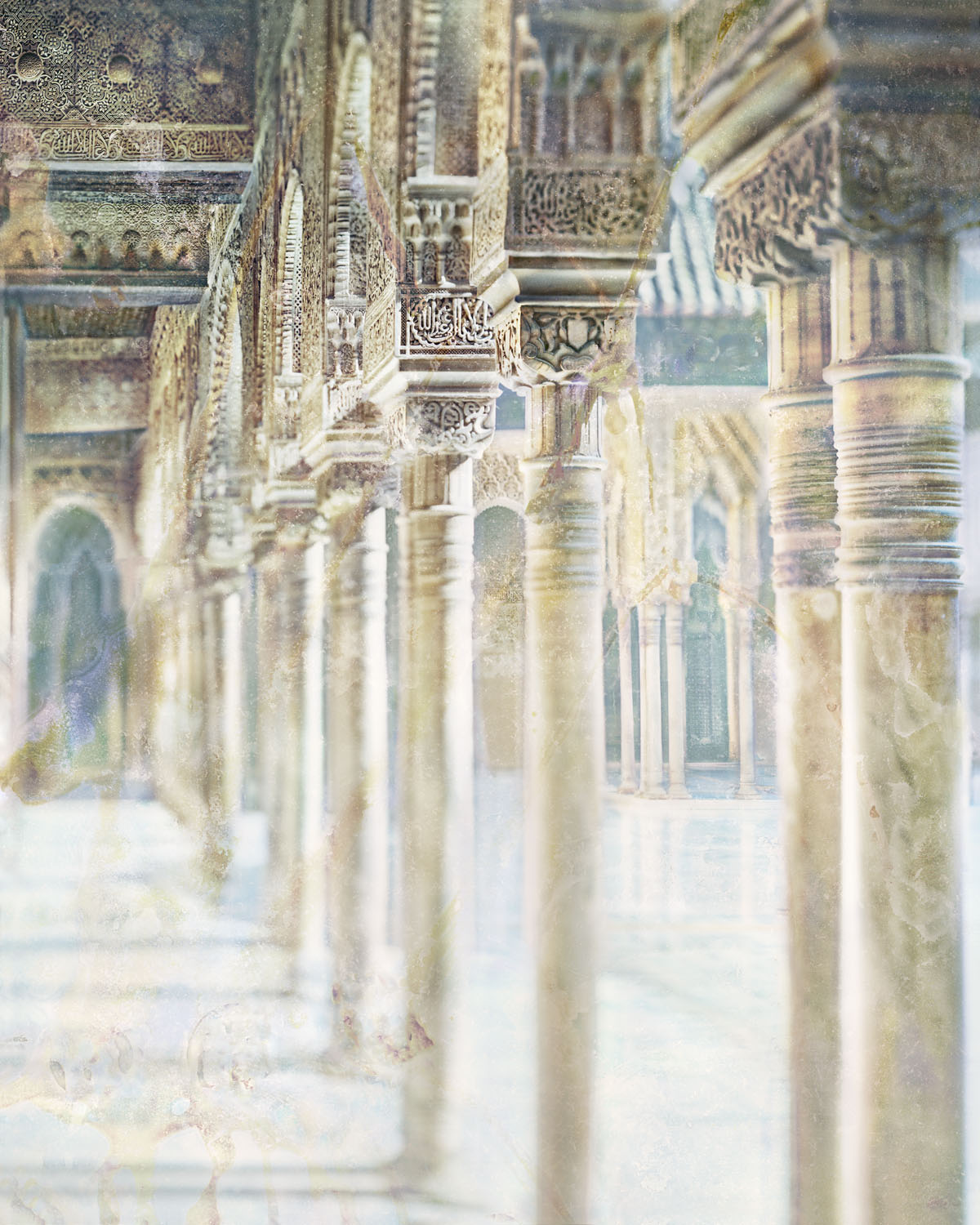
La Alhambra, a look from Fernando Manso
MORE INFORMATION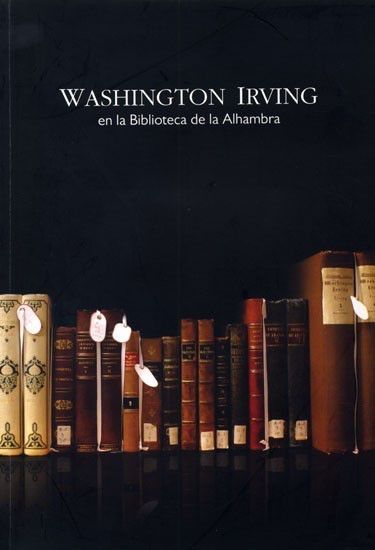
WASHINGTON IRVING AND THE ALHAMBRA
MORE INFORMATION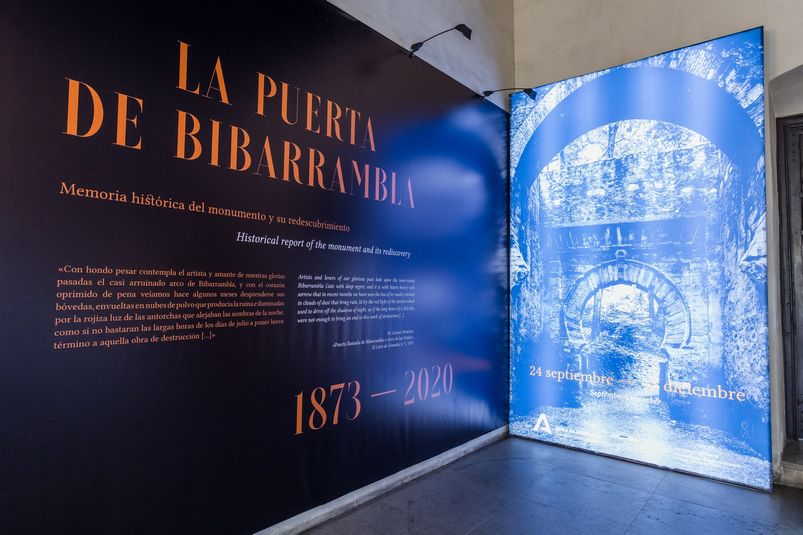
THE GATE OF BIBARRAMBLA. Historical report of the monument and its rediscovery
MORE INFORMATIONTHE EMPEROR´S CHAMBERS
MORE INFORMATION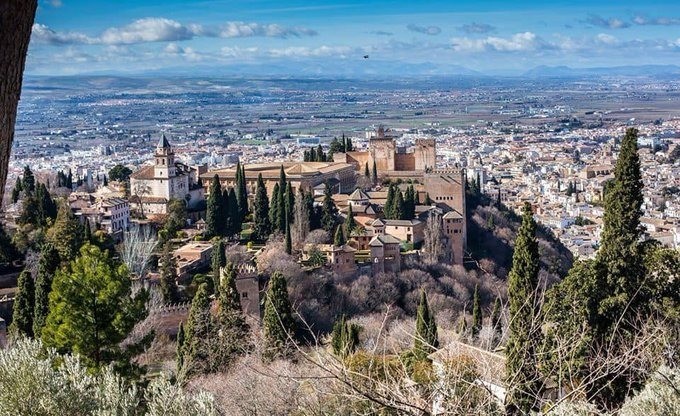
The Council of Alhambra and Generalife will refund automatically the full amount of the bookings
MORE INFORMATION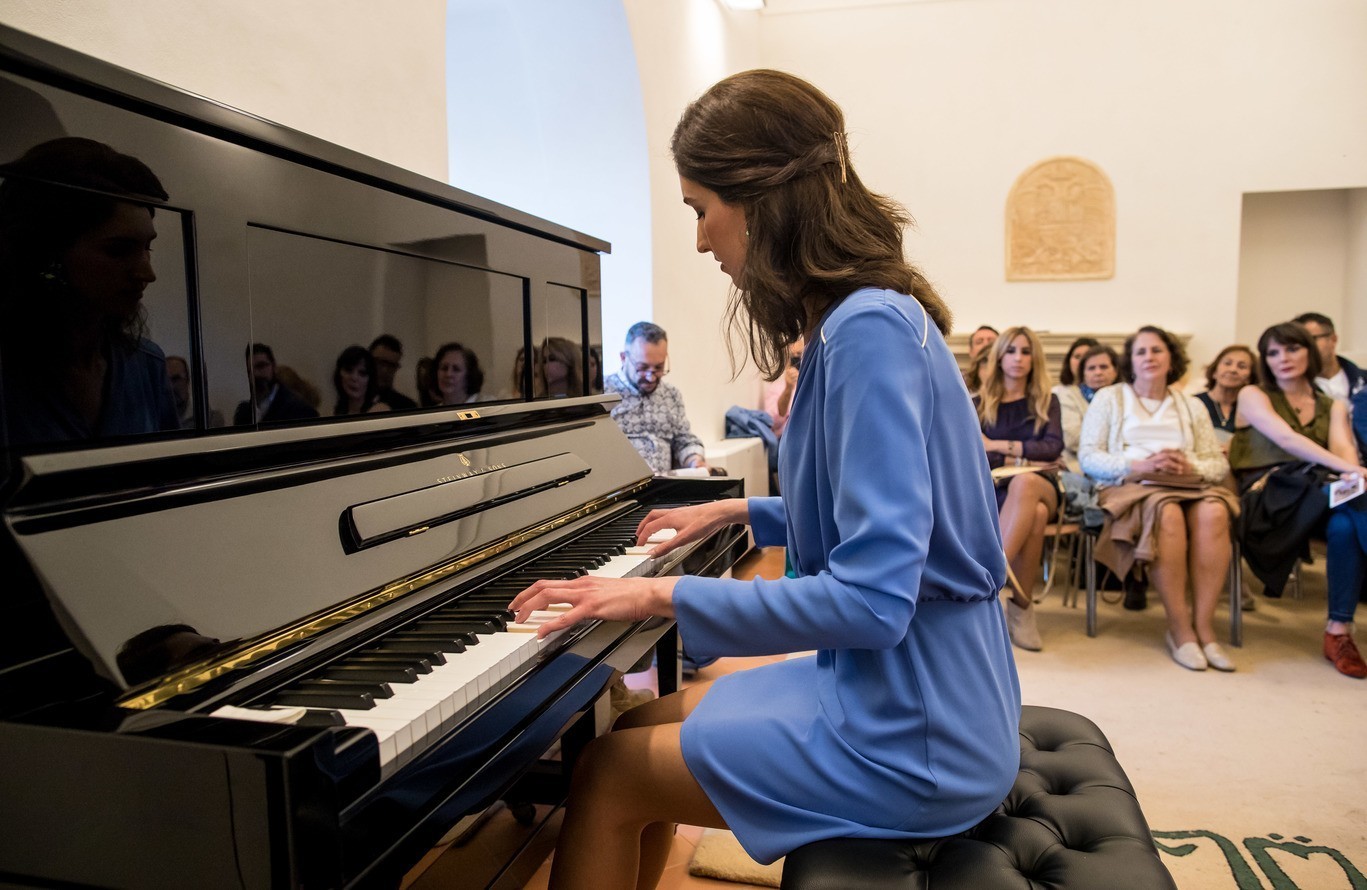





 Contact
Contact















